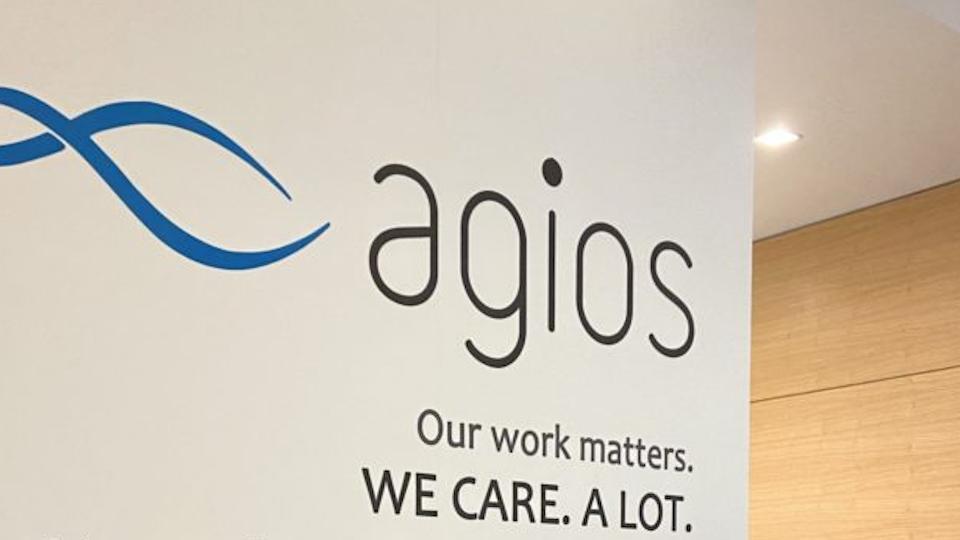Beam points to positive data with key base editing asset

Beam Therapeutics' chief executive John Evans
It has been around a year since Beam Therapeutics slashed its headcount and R&D programmes to focus mainly on a sickle cell disease candidate – and the biotech has now revealed the first data with the base-editing drug.
Preliminary results from the phase 1/2 BEACON trial of BEAM-101 showed evidence that the drug was able to normalise markers of haemolysis – the red blood cell destruction that is a feature of SCD – in patients at high risk of severe vaso-occlusive crises (VOCs).
BEAM-101 is an ex vivo genetic therapy delivered as part of an autologous haematopoietic stem cell transplant (HSCT) after a conditioning chemotherapy regimen to destroy the bone marrow and allow it to be repopulated with the modified cells.
Beam is a pioneer of the base-editing approach to gene-editing, which can be used to convert one nucleotide base into another without cutting both strands of DNA, unlike other technologies like CRISPR/Cas9. BEAM-101 modifies haematopoietic stem cells to express foetal haemoglobin (HbF), rather than the mutated form of the protein (HbS) seen in SCD patients.
The full dataset from the first seven patients in the BEACON trial will be presented at the American Society of Haematology (ASH) congress in December, but Beam has teased preliminary results ahead of time.
Among the findings are that, in four patients with at least a month of follow-up after the HSCT, all saw "rapid and robust" induction of HbF expression at 60% or more, while after two months HbS levels were cut by at least 36%.
There have been no reports of any VOCs - the painful attacks that intermittently afflict SCD patients – in the four patients and markers for haemolysis "normalised or improved," according to Beam.
There was one death among the patients, from respiratory failure, although the company said that was likely a result of the aggressive condition regimen with chemotherapy agent busulfan and unrelated to the base-editing treatment.
Beam also reported non-human primate results with its ESCAPE technology, which aims to remove the need for busulfan conditioning, which it suggested could be a breakthrough for the gene-editing sector, although it is not yet in clinical testing.
"Today represents an important milestone [...] as we unveil data with our base editing technology across both approaches to treating sickle cell disease," said chief executive John Evans.
Beam was formed in 2017 by David Liu, Feng Zhang, and Keith Joung, all pioneers of CRISPR gene editing.
In October 2023, the biotech opted to cut one in five of its workforce and shelve R&D programmes to focus on BEAM-101, along with its BEAM-302 base-editing candidate for alpha-1 antitrypsin deficiency (AATD) and BEAM-301, an in vivo lipid nanoparticle (LNP) therapy for glycogen storage disease 1a.












